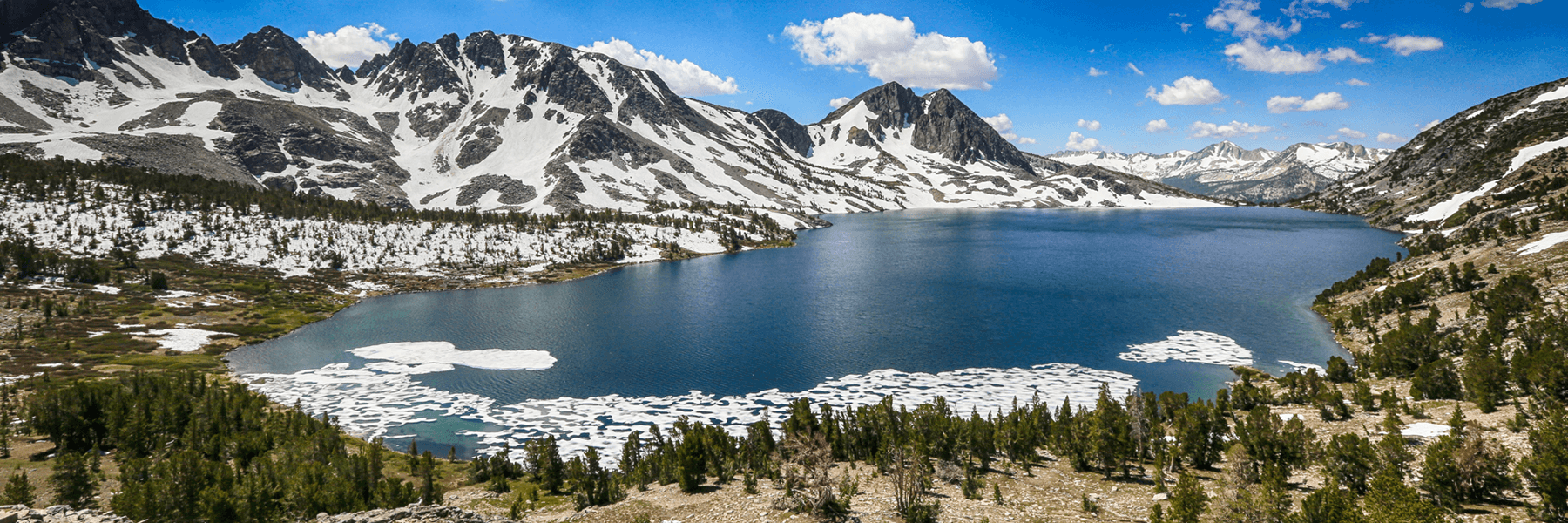Study suggests western U.S. could see more extreme precipitation events, less seasonal snowpack, and a shorter wet season in the future

Understanding future precipitation changes is critical for water supply and flood risk mitigation in the western United States, but considerable uncertainty persists in how such changes will manifest in practical, locally-relevant ways. A new study, led by NOAA and CIRES researchers at PSL, examines a relatively new set of climate model projections from the North American COordinated Regional Downscaling EXperiment (NA-CORDEX) to evaluate future projections of average and extreme precipitation, as well as snowfall, over the western United States. The findings, to be published in Climate Dynamics, suggest future increases in daily extreme precipitation events, a decrease in seasonal snowpack, and a shortening of the wet season, particularly in California.
While the beginning and end of the California cool season are projected to dry according to most models, the core of the cool season (December, January, February) shows an overall wetter signal. A stark projected decrease in future seasonal snowpack is found across all models, accompanied by earlier meltout, which indicates a shorter period of annual snow cover as well. Finally, the study shows that finer climate model resolution (moving from 50-km grid spacing to 25-km grid spacing) is important for snow representation and the magnitude of daily extreme precipitation, but less consequential for average precipitation metrics.
The findings of this study support current scientific understanding and stakeholder usability of western U.S. precipitation projections, and also highlight remaining areas of uncertainty. It is important that water resources managers harness both confidence and uncertainty information to optimally use projections to guide their decisions. While the NA-CORDEX model simulations represent relatively new additional data points in a growing sea of climate model guidance, its design and specific objectives make it a potentially important resource for understanding the hydroclimate of this water-sensitive region.
The Climate Dynamics article "Precipitation Projections for the Western United States in NA-CORDEX models" is by Kelly Mahoney, James D. Scott, Michael Alexander, Rachel McCrary, Mimi Hughes, Dustin Swales, and Melissa Bukovsy.
Posted: February 23, 2021